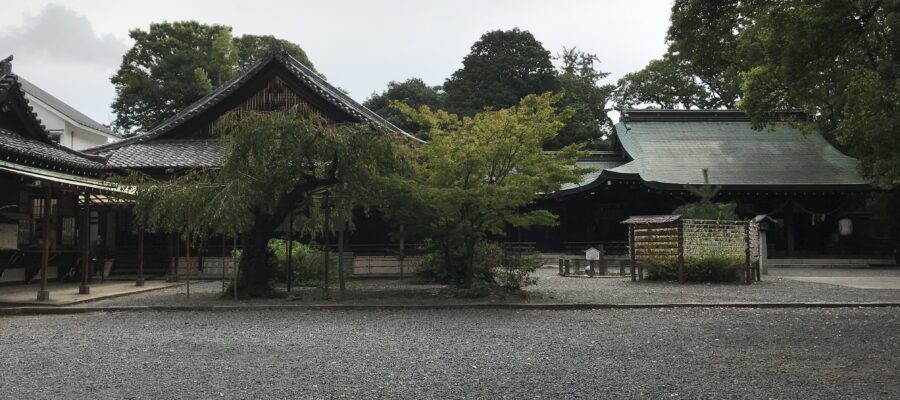水無瀬神宮って知ってますか?
大阪から京都へ向かう阪急電車を水無瀬駅で降りて北に向かって歩くと、10分ほどで鎮守の杜が見えてきます。こんなところに何があるの?という印象ですが、神仏霊場会の公式ガイドブックに載っている水無瀬神宮です。
この神宮を知る人はあまりいないと思います。地元の人はともかく、大阪の人でもかなり少ないのではないでしょうか。私も神仏霊場会のガイドブックを見なければ、知らないままになりそうな神社です。
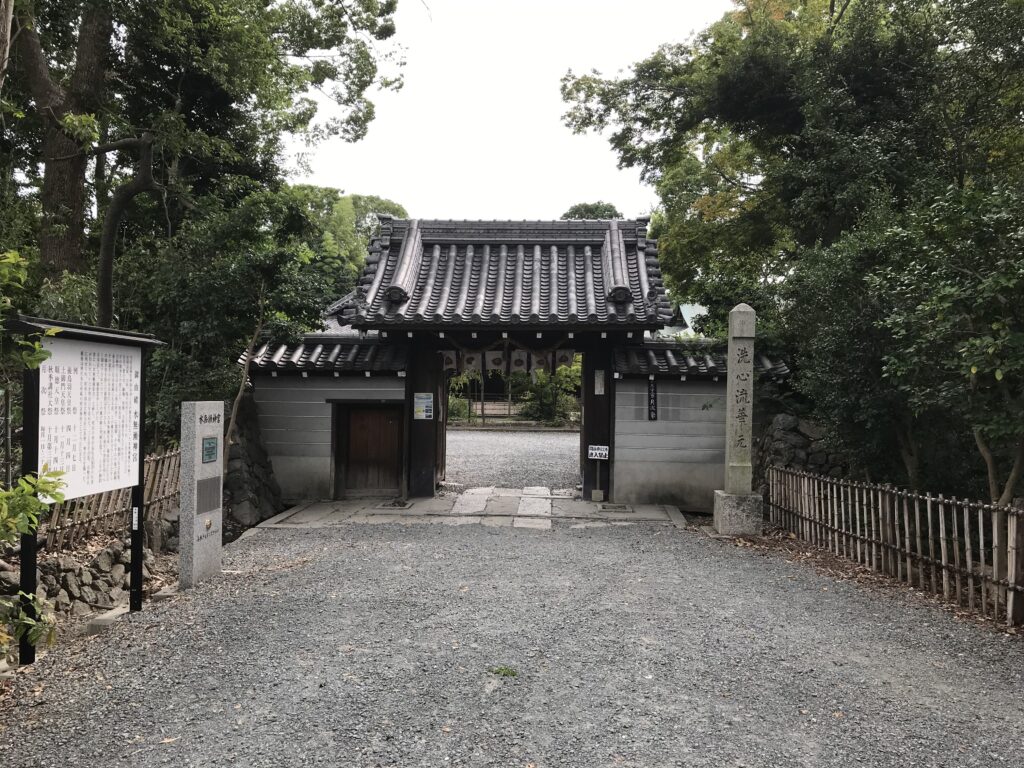
後鳥羽上皇の菩提を弔う
御由緒によると、この地は元々、後鳥羽上皇の水無瀬離宮のあった場所で、上皇も花を愛でたり、狩りをしたり、はたまた刀剣の鍛作もされたそうです。後鳥羽上皇と言えば、鎌倉幕府と対立して、承久の乱の敗者となったのは有名な話ですが、その後、隠岐に流され、19年後に崩御されたそうです。
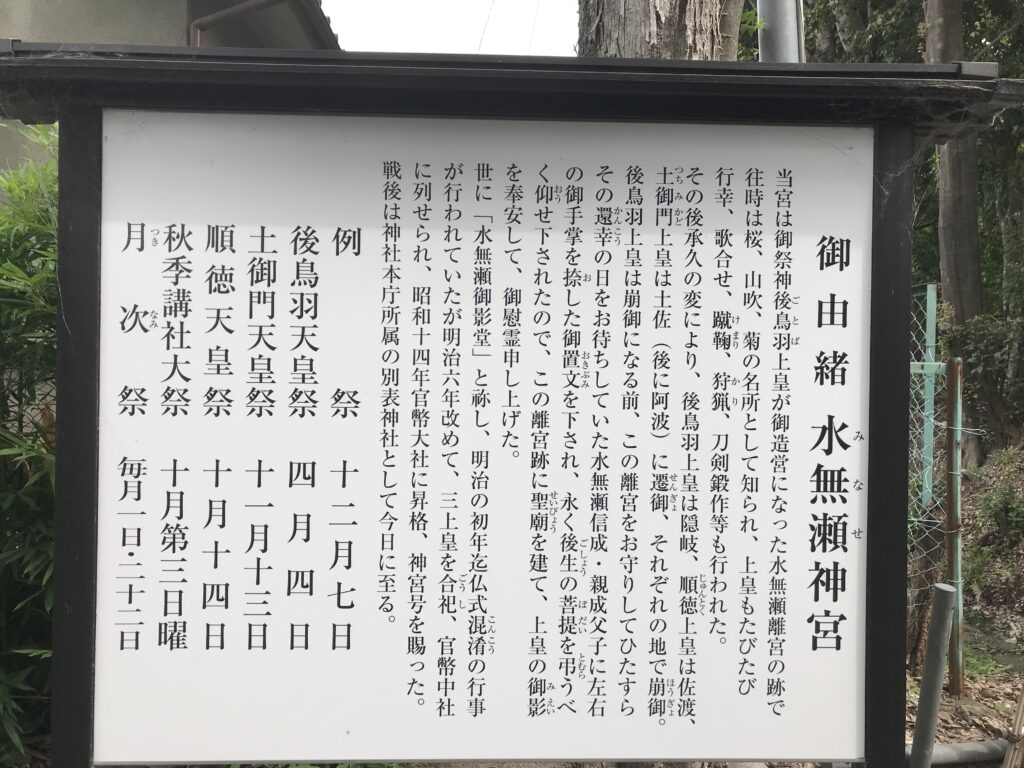
この世を去る直前に、寵臣であった藤原信成、親成に宛てて、この地で自らの菩提を弔うよう命じた文書を残しました。その遺告に従い、信成親子が御影堂を建てて、上皇の冥福を祈ったのでした。上皇の怨霊を恐れた朝廷や幕府は、所領を寄進し、積極的に保護をしました。
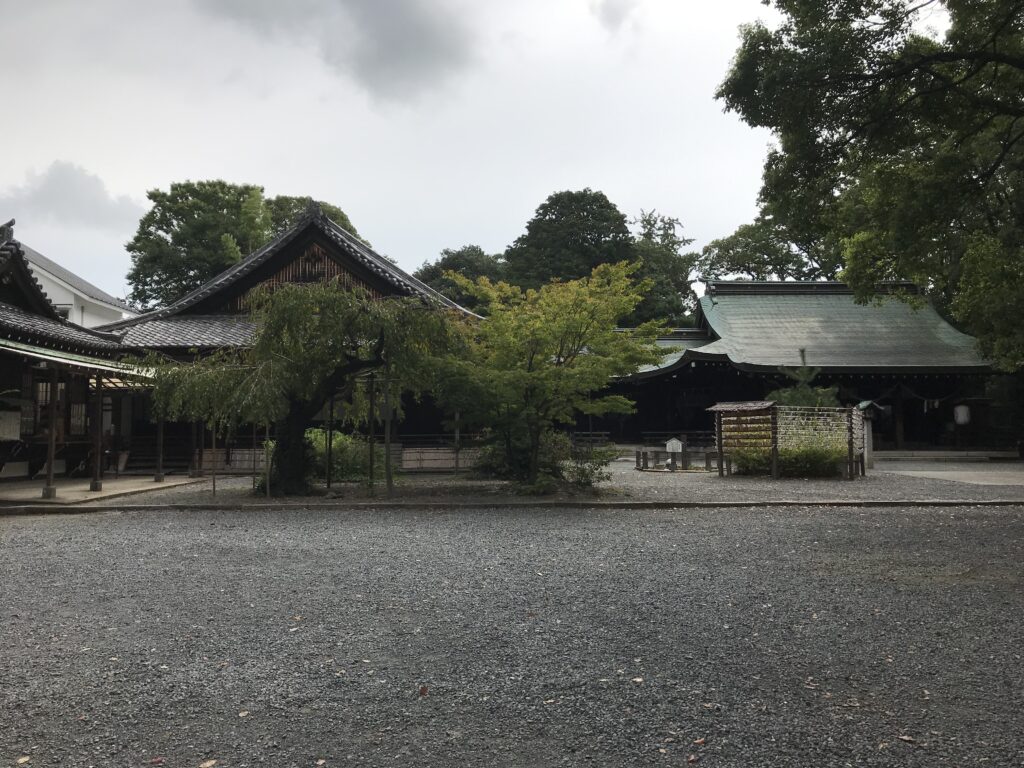
明治まで仏法で追修
室町時代に「水無瀬宮」の社号を賜っていましたが、明治までは仏法で追修してきたそうです。鎌倉を舞台にした大河ドラマが2022年に放送される予定ですが、その最大の敵役として後鳥羽上皇に人気が出れば、知名度も上がり、訪れる人も増えるかも知れません。(完)
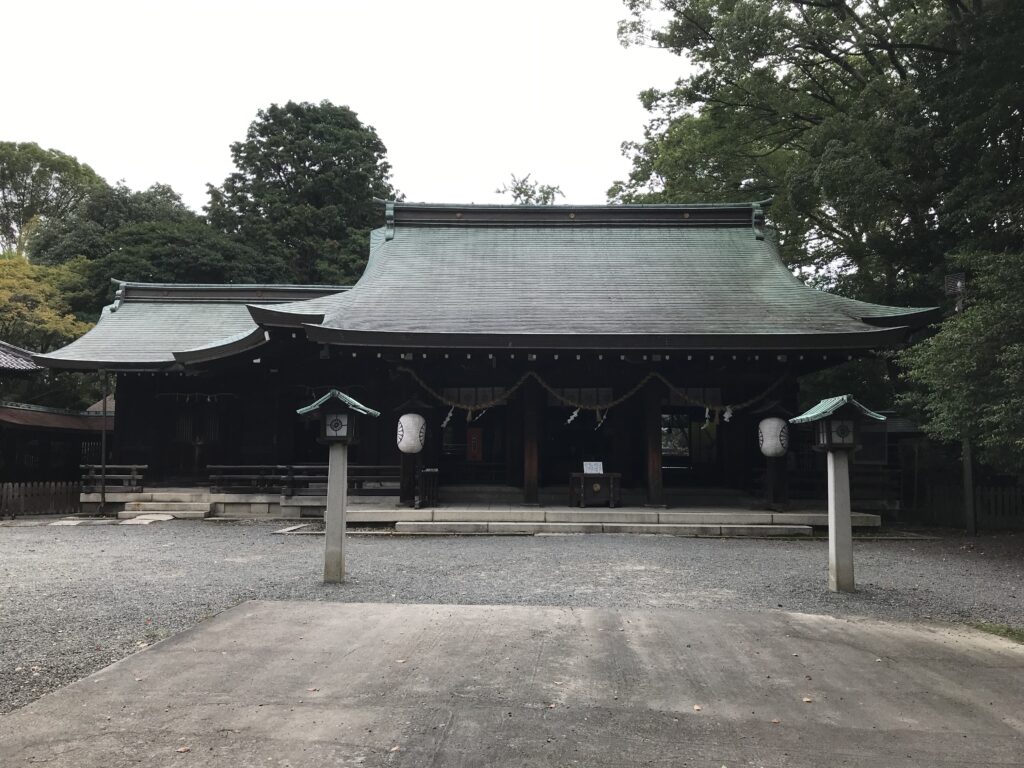
水無瀬神宮の御朱印
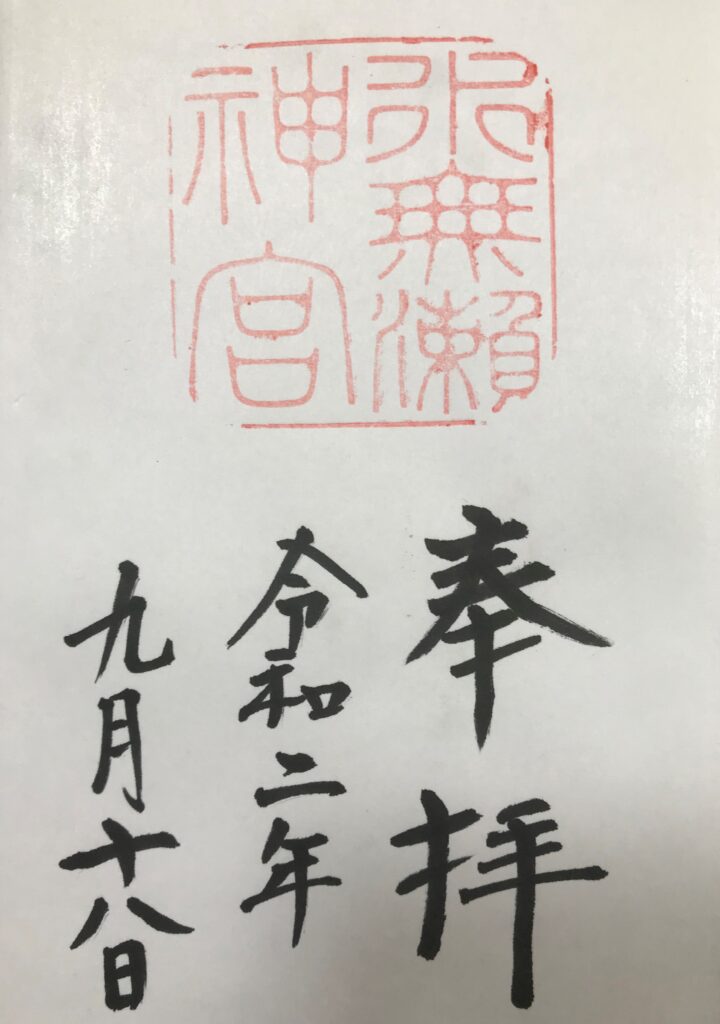
水無瀬神宮が紹介されている書籍
神仏霊場会の公式ガイドブックにて紹介されています。
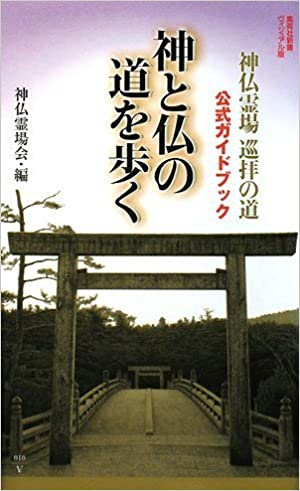
神と仏の道を歩く 神仏霊場巡拝の道公式ガイドブック (集英社新書ヴィジュアル版) [ 神仏霊場会 ]
価格:1,466円
(2021/5/6 09:24時点)
感想(5件)
Minase Jingu Shrine (English)
Have you ever heard of Minase Jingu Shrine?
Get off the Hankyu train from Osaka to Kyoto at Minase station, walk north, and you will see the forest of Chinju in about 10 minutes. What is there in this place? It is Minase Jingu Shrine, which is listed in the official guidebook of the Shinto and Buddhist Sacred Sites Association.
I don’t think there are many people who know about this shrine. Not only the locals, but even people in Osaka probably know very little about it. If I hadn’t seen the guidebook of the Shinto and Buddhist Sacred Sites Association, I wouldn’t have known about this shrine either.
Mourning the death of Emperor Gotoba
According to the history, this place was originally the location of Emperor Gotoba’s Minase Palace, where he used to love flowers, hunt, and even forge swords. Speaking of Emperor Gotoba, it is a famous story that he was in conflict with the Kamakura Shogunate and lost the Jokyu Rebellion, after which he was exiled to Oki island and died 19 years later.
Just before his death, he left a letter to his favorite vassals, Nobunari and Chikanari Fujiwara, ordering them to mourn his death in this place. In accordance with his will, Nobunari and his son built a Mieido Hall to pray for the repose of the Emperor’s soul. The Imperial Court and the Shogunate, fearing the spirit of the Emperor Gotoba’s grudge, contributed their domains and actively protected him.
Pursued in Buddhism until the Meiji era
The shrine was given the title of “Minase Shrine” in the Muromachi period (1336-1573), but until the Meiji period (1868-1912), the shrine was pursued under Buddhist law. A major TV drama set in Kamakura is scheduled to be broadcast in 2022, and if Emperor Gotoba becomes popular as the biggest antagonist of the drama, the shrine will become better known and more people may visit. (End)
Sanctuaire Minase Jingu (Français)
Avez-vous déjà entendu parler du sanctuaire Minase Jingu ?
Descendez du train Hankyu d’Osaka à Kyoto à la gare de Minase, marchez vers le nord, et vous verrez la forêt de Chinju en 10 minutes environ. Qu’y a-t-il dans cet endroit ? Il s’agit du sanctuaire Minase Jingu, qui figure dans le guide officiel de l’Association des sites sacrés shinto et bouddhistes.
Je ne pense pas qu’il y ait beaucoup de gens qui connaissent ce sanctuaire. Pas seulement les locaux, mais même les habitants d’Osaka en savent probablement très peu. Si je n’avais pas vu le guide de l’Association des sites sacrés shintoïstes et bouddhistes, je n’aurais pas non plus connu ce sanctuaire.
Le deuil de la mort de l’empereur Gotoba
Selon l’histoire, cet endroit était à l’origine le palais Minase de l’empereur Gotoba, où il aimait les fleurs, la chasse et forgeait même des épées. En parlant de l’empereur Gotoba, une histoire célèbre raconte qu’il était en conflit avec le shogunat de Kamakura et qu’il a perdu la rébellion de Jokyu, après quoi il a été exilé sur l’île d’Oki et est mort 19 ans plus tard.
Juste avant sa mort, il a laissé une lettre à ses vassaux préférés, Nobunari et Chikanari Fujiwara, leur ordonnant de pleurer sa mort en ce lieu. Conformément à sa volonté, Nobunari et son fils construisirent une salle Mieido pour prier pour le repos de l’âme de l’Empereur. La Cour impériale et le Shogunat, craignant l’esprit de la rancune de l’Empereur Gotoba, ont apporté leurs domaines et l’ont activement protégé.
Poursuivi dans le bouddhisme jusqu’à l’ère Meiji.
Le sanctuaire a reçu le titre de “sanctuaire Minase” à l’époque Muromachi (1336-1573), mais jusqu’à l’époque Meiji (1868-1912), le sanctuaire était soumis à la loi bouddhiste. Un grand feuilleton télévisé se déroulant à Kamakura devrait être diffusé en 2022, et si l’empereur Gotoba devient populaire en tant que principal antagoniste du feuilleton, le sanctuaire sera mieux connu et davantage de personnes pourraient le visiter. (Fin)
